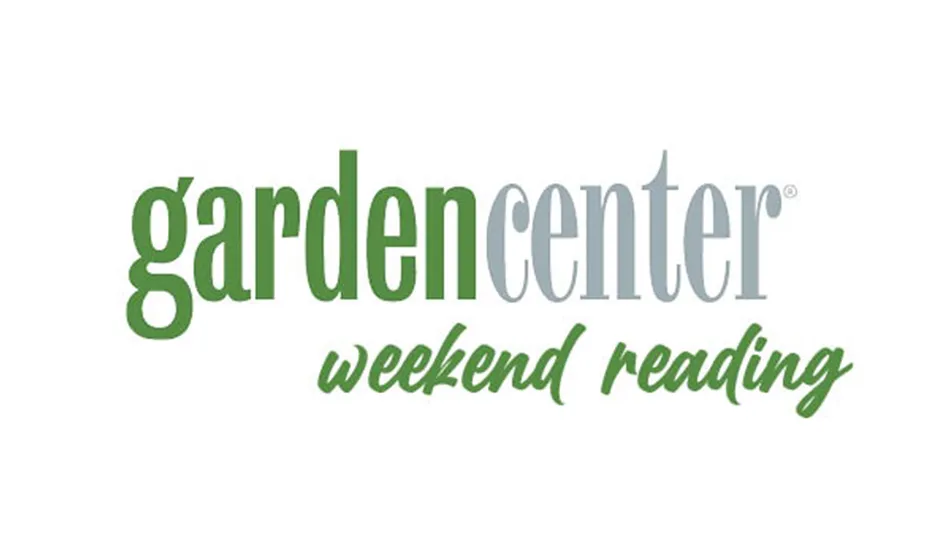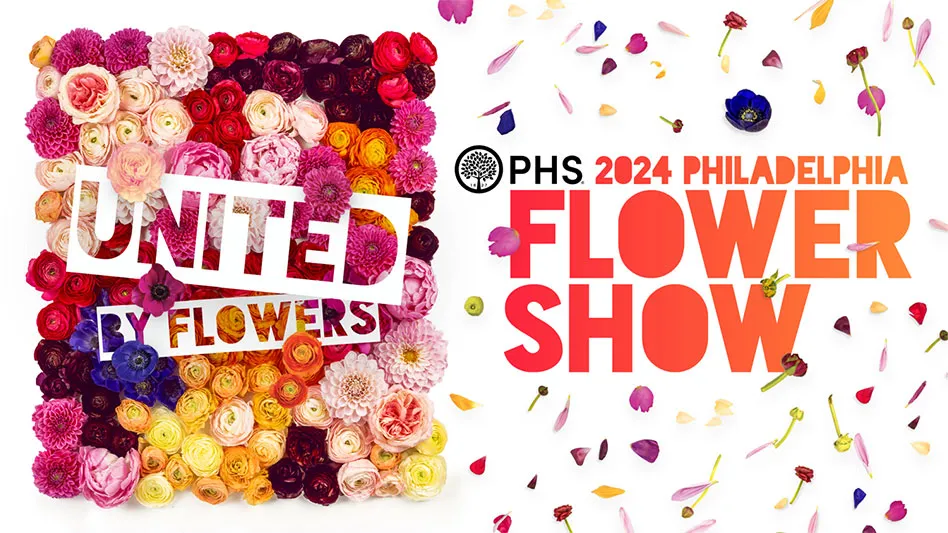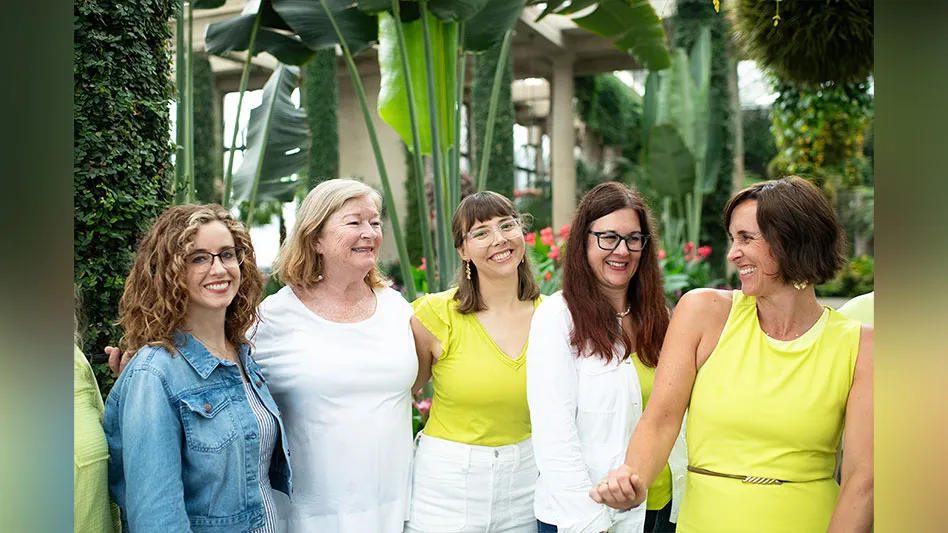
Kate Spirgen
The latest eye-tracking research shows what your customers see - and ignore! - while shopping your independent garden center. Dr. Bridget Behe, professor of Horticultural Marketing at Michigan State University, delved into her research in her keynote Aug. 13 at IGC Show in Chicago.
Behe shared some scientific study results that show customers make purchase choices based on three different factors: the plant (73%), the price (17%) and the production method (10%).
Research also found that guarantees were much more important to shoppers than price. When looking at signage, people saw the information most important to them physically faster than other information. So Behe recommends putting the benefits of plants and other information important to consumers out front and center, rather than selling by container size.
“When we sell things by container size, we teach our customers that’s where the value is,” Behe said. “People don’t buy features, they buy benefits.”
ALSO READ: Garden Center magazine's October cover story, featuring interviews with Drs. Bridget Behe and Hayk Khachatryan about their research - Using science to sell: Results from research using eye-tracking technology reveal which plant benefits matter most to consumers and how independent garden centers can better merchandise their selection.
Because we read left to right and top to bottom, customers are going to see anything on the top left faster than something on the bottom right.
And we see high prices physiologically faster than low prices. So if you have a higher price point on a plant, put that information on the lower right side. That way, your customers will be drawn in to see the benefits of the plant before they see the price.
On the other hand, sale prices are a great marketing tool. Behe suggests placing those in a more prominent position.
Here’s how she breaks it down:
For a low price, all you need is the price.
For a moderate price, you need features and benefits.
For a high price, you need the benefits.
“We need to think about the information that is on our side,” she said.
Signage tips
Consumers find high-complexity signs more attractive than more simple designs. They also read more of the high-complexity signs.
But that doesn’t necessarily mean more words. “We’ve got to have signs with more imagery,” Behe said. For example, an image of a full sun is a good alternative to putting “full sun” on a sign.
“It gives us some space to think about it,” she said.
People are also drawn to eyes more than any other feature, which is known as the theory of image congruency. Humans are disposed to connect with other humans, especially those who look like them, but Behe said she doesn’t often see that in garden center signage.
So if you live in a diverse community, Behe recommends getting a photographer and getting some photos of people who fit your demographic with your products.
“To resonate, you have to put people who look like we feel in the ads or on the website,” she said.
Other takeaways:
- Increasing the number of plants in a display actually decreases the percentage of plants your customers actually see.
- Color contrast is a great idea to draw customers’ attention.
- Build up to increase the height of your displays or lower the height to give people a chance to see more.
- A couple of important factors to remember are color, texture and cross-merchandising.
Latest from Garden Center
- Weekend Reading 5/17/24
- GardenComm 2024 Annual Conference registration is open
- Landmark Plastic celebrates 40 years
- Proven Winners introduces more than 100 new varieties for 2025
- Weekend Reading 5/10/24
- The Family Business, Part 2: Agreeing (and disagreeing) on capital investments
- Registration opens for Darwin Perennials Day
- Weekend Reading 5/3/24





